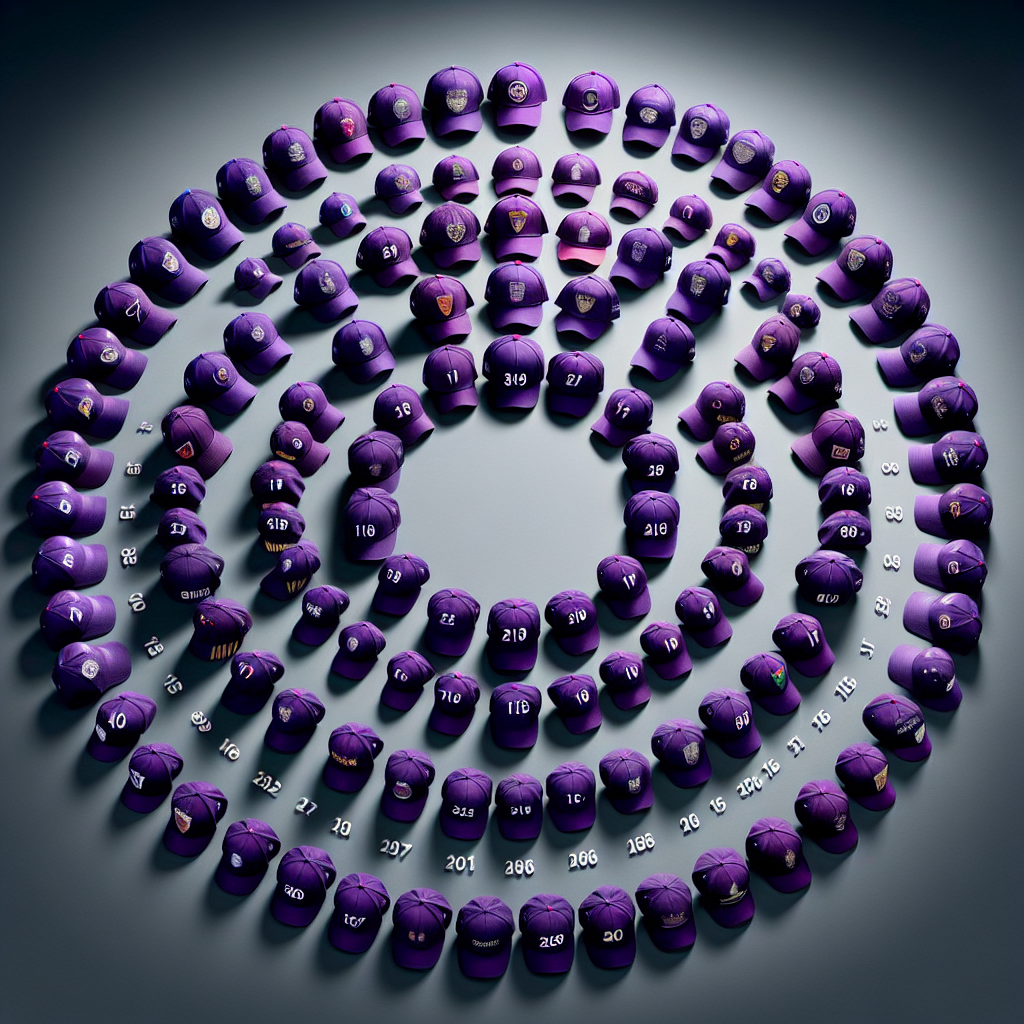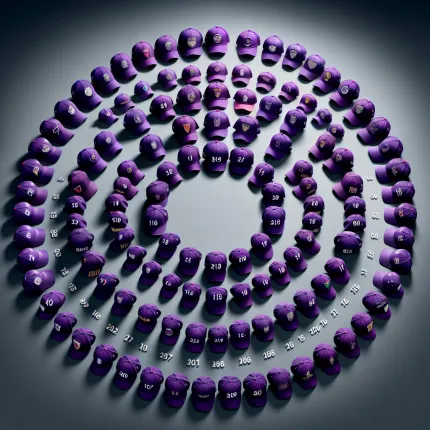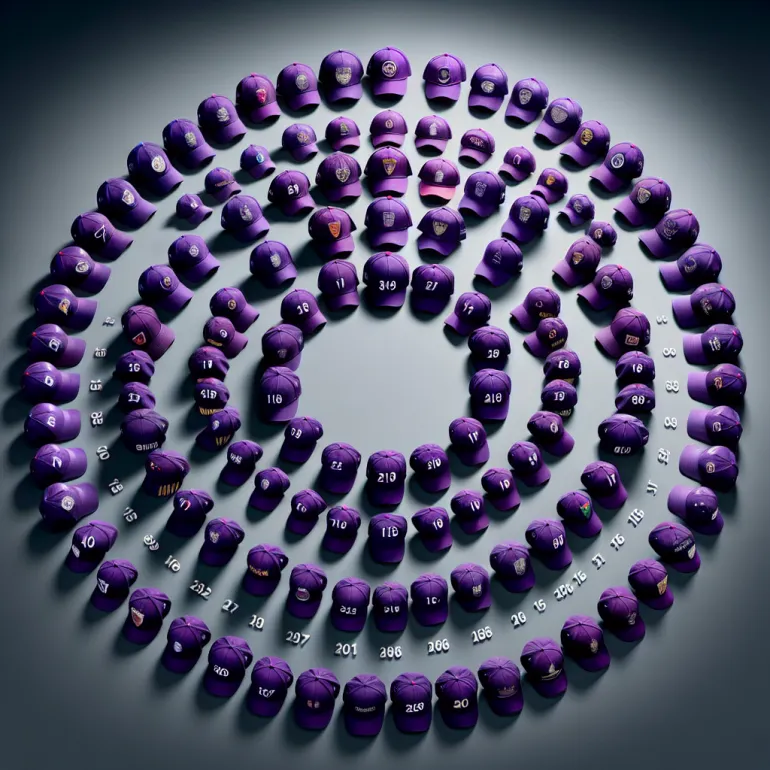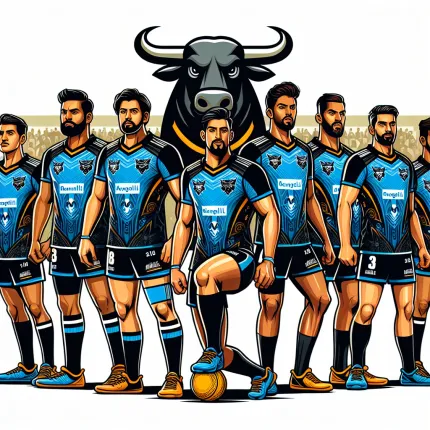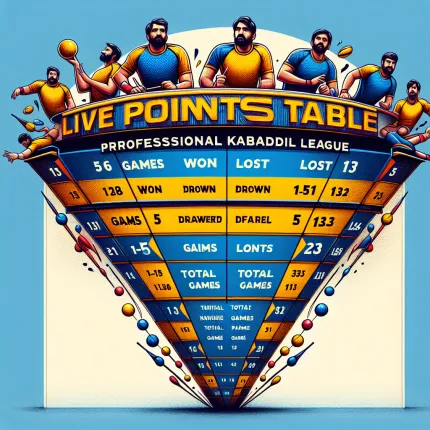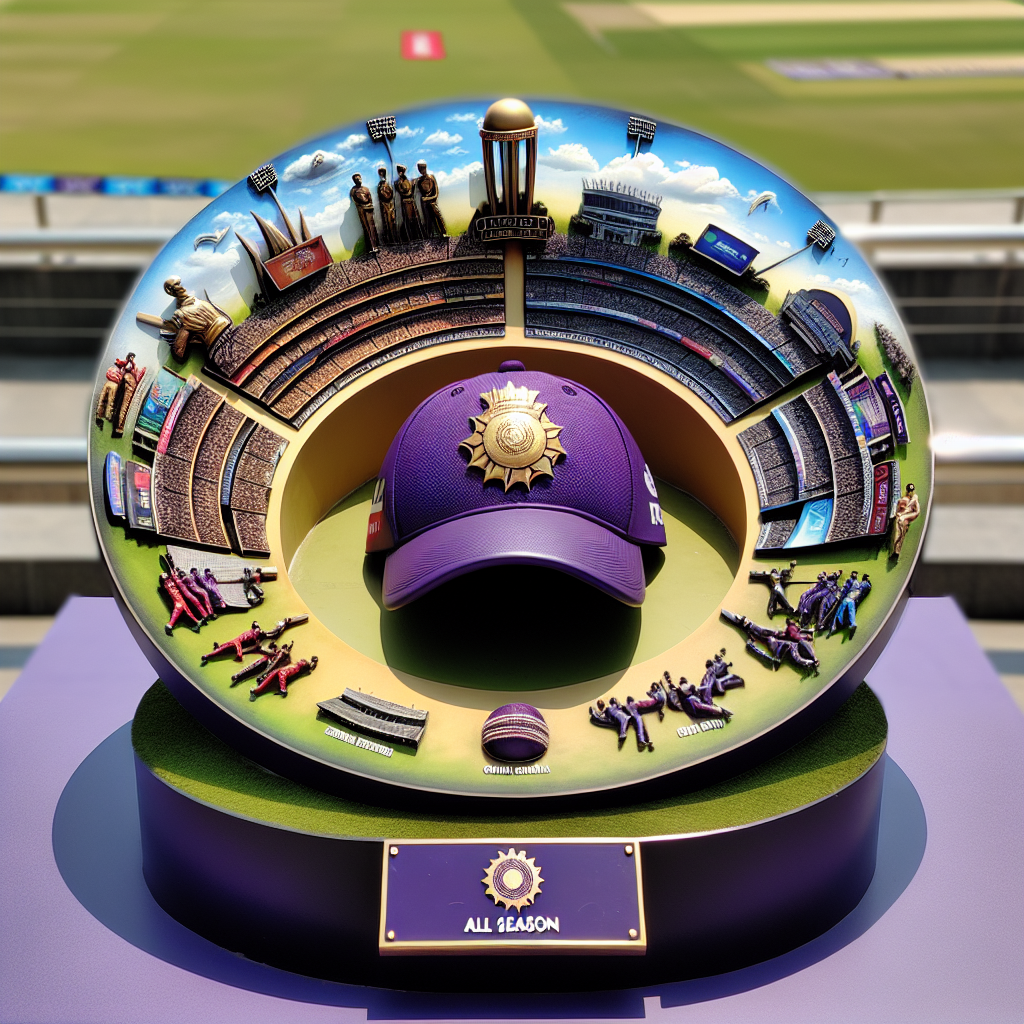
The Indian Premier League (IPL) has been a cricketing spectacle since its inception in 2008, captivating audiences worldwide with its blend of entertainment and high-octane cricket. Among the many accolades that players vie for, the Purple Cap holds a special place. Awarded to the highest wicket-taker in each season, the Purple Cap is a testament to a bowler's skill, consistency, and impact. This article delves into the history of the Purple Cap, highlighting key performances, trends, and the evolution of bowling in the IPL.
The Genesis of the Purple Cap
The concept of the Purple Cap was introduced in the inaugural season of the IPL in 2008. It was designed to recognize and reward the best-performing bowler of the tournament. The cap changes hands throughout the season, as bowlers compete to outdo each other in terms of wickets taken. The player with the most wickets at the end of the tournament is awarded the Purple Cap, a symbol of bowling excellence.
Notable Purple Cap Winners
Over the years, several bowlers have etched their names in IPL history by winning the Purple Cap. Here are some of the most notable winners:
- Sohail Tanvir (2008): The Pakistani left-arm pacer was the first-ever recipient of the Purple Cap, taking 22 wickets for Rajasthan Royals in the inaugural season.
- Lasith Malinga (2011): Known for his lethal yorkers, Malinga claimed 28 wickets for Mumbai Indians, setting a benchmark for future bowlers.
- Dwayne Bravo (2013 & 2015): The West Indian all-rounder won the Purple Cap twice, showcasing his versatility and knack for taking crucial wickets.
- Bhuvneshwar Kumar (2016 & 2017): The Indian swing bowler dominated two consecutive seasons, leading Sunrisers Hyderabad's bowling attack with precision.
- Kagiso Rabada (2020): The South African speedster was instrumental in Delhi Capitals' success, taking 30 wickets in a single season.
Trends and Patterns in Purple Cap Winners
Analyzing the list of Purple Cap winners reveals several interesting trends and patterns:
- Fast Bowlers Dominate: A majority of Purple Cap winners have been fast bowlers, highlighting the importance of pace and bounce in T20 cricket.
- All-Rounders' Impact: All-rounders like Dwayne Bravo have shown that versatility can be a key asset, contributing with both bat and ball.
- Spin Bowlers' Resurgence: In recent years, spinners have made a significant impact, with players like Imran Tahir and Yuzvendra Chahal winning the Purple Cap.
- Consistency is Key: Bowlers who have consistently performed throughout the season, rather than relying on a few standout performances, have often emerged as Purple Cap winners.
Case Studies: Memorable Purple Cap Performances
Lasith Malinga's Mastery in 2011
Lasith Malinga's performance in the 2011 IPL season is often regarded as one of the finest displays of fast bowling in T20 cricket. With his unique slinging action and pinpoint accuracy, Malinga took 28 wickets at an average of 13.39. His ability to deliver yorkers at will made him a nightmare for batsmen, especially in the death overs. Malinga's contribution was pivotal in Mumbai Indians' journey to the playoffs that year.
Dwayne Bravo's All-Round Brilliance in 2013
Dwayne Bravo's 2013 season with Chennai Super Kings was a testament to his all-round capabilities. Not only did he take 32 wickets, but he also contributed valuable runs lower down the order. Bravo's knack for breaking partnerships and his variations in pace made him a crucial asset for CSK. His performance in 2013 remains one of the highest wicket tallies in a single IPL season.
Bhuvneshwar Kumar's Swing Magic in 2016
Bhuvneshwar Kumar's back-to-back Purple Cap wins in 2016 and 2017 were marked by his exceptional swing bowling. In 2016, he took 23 wickets, playing a key role in Sunrisers Hyderabad's title-winning campaign. Bhuvneshwar's ability to swing the ball both ways and his control over line and length made him a formidable opponent for any batsman.
The Evolution of Bowling in IPL
The IPL has seen a significant evolution in bowling strategies over the years. Initially dominated by fast bowlers, the league has witnessed a resurgence of spin bowling, with spinners adapting to the T20 format by developing new variations and strategies. The introduction of mystery spinners and wrist spinners has added a new dimension to the game, challenging batsmen to adapt quickly.
Moreover, the role of death bowling has become increasingly crucial, with teams relying on bowlers who can execute yorkers and slower balls with precision. The ability to bowl under pressure in the final overs has often been the difference between winning and losing matches.
Statistics and Records
The Purple Cap has been a platform for bowlers to showcase their skills and set new records. Some notable statistics include:
- Most Wickets in a Season: Dwayne Bravo holds the record for most wickets in a single season, with 32 wickets in 2013.
- Most Purple Caps: Bhuvneshwar Kumar and Dwayne Bravo are tied for the most Purple Caps, each winning it twice.
- Youngest Winner: Kagiso Rabada became the youngest Purple Cap winner at the age of 25 in 2020.
Conclusion: The Legacy of the Purple Cap
The Purple Cap is more than just an award; it is a symbol of excellence and a testament to a bowler's impact in the IPL. Over the years, it has celebrated the achievements of some of the finest bowlers in the world, each bringing their unique style and flair to the game. As the IPL continues to evolve, the Purple Cap will remain a coveted prize, inspiring bowlers to push the boundaries of their craft and leave an indelible mark on the tournament.
In summary, the Purple Cap has not only highlighted individual brilliance but also underscored the importance of bowling in a format often dominated by bats